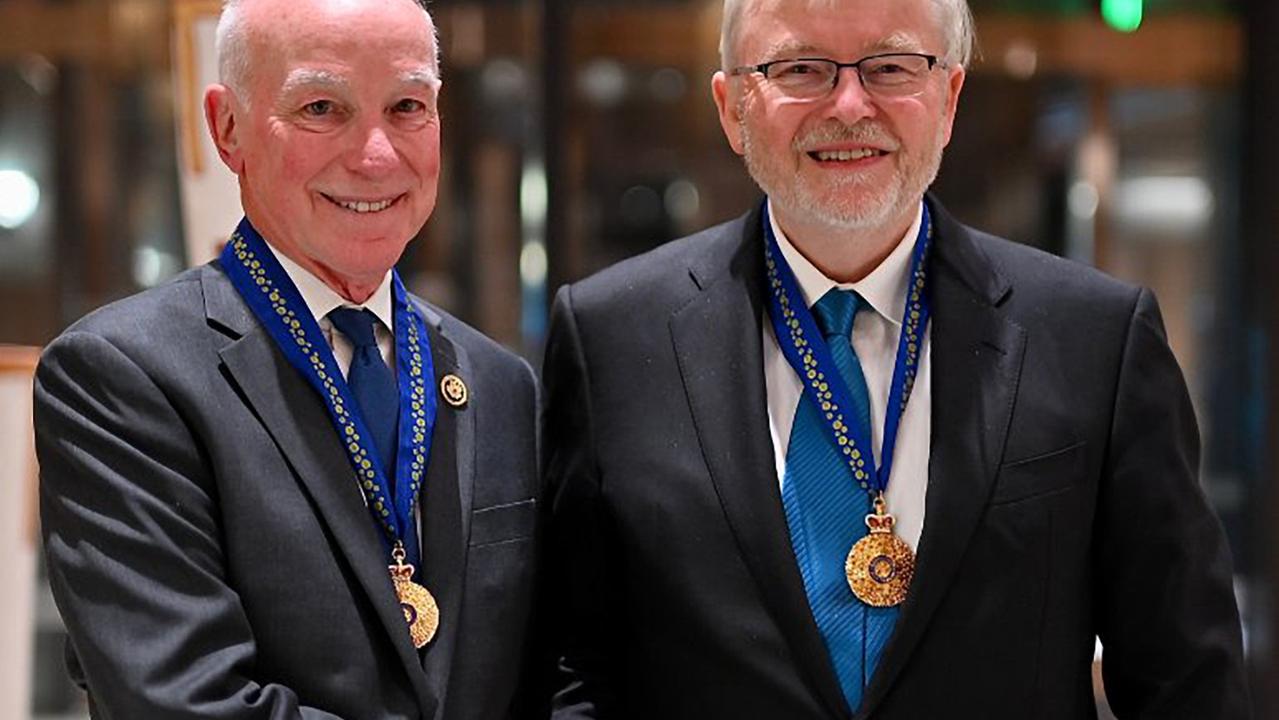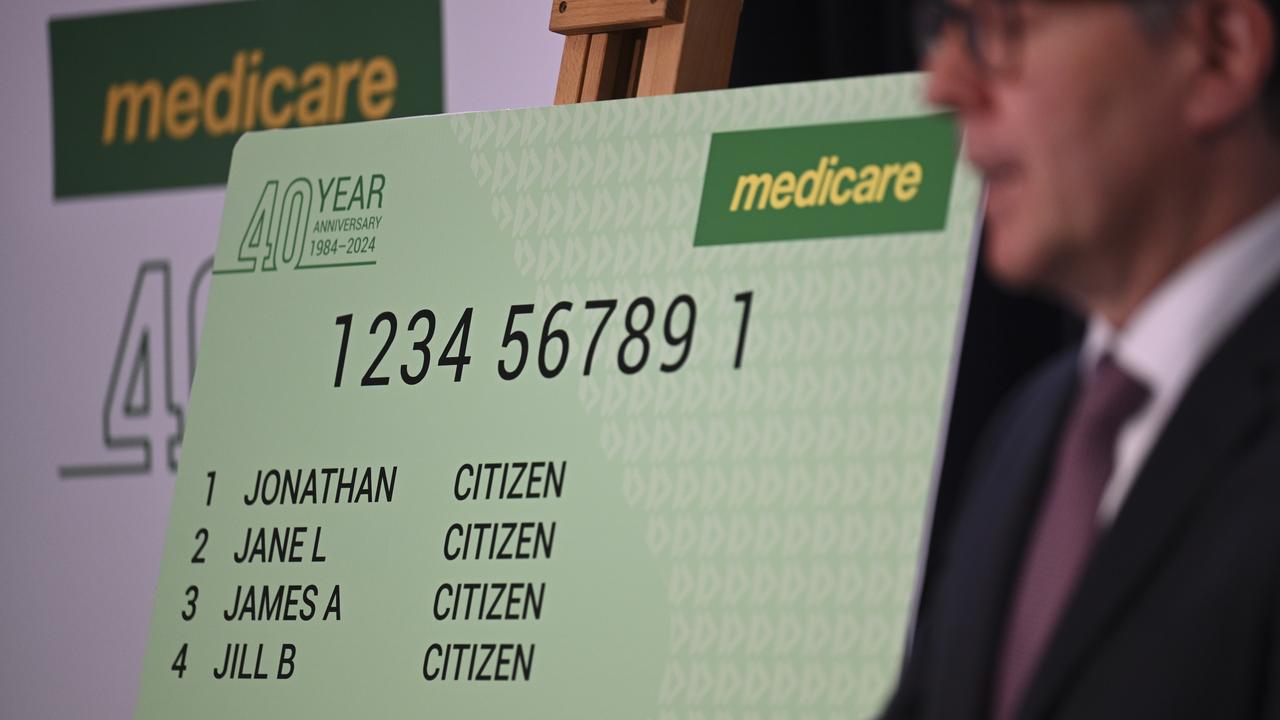Australia scientists bring hope to kids with dementia
All three of the Staska children have dementia, a rare condition that will soon stop them playing or walking.
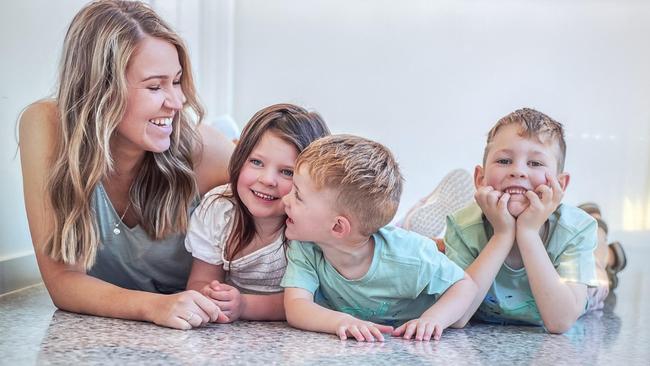
They are the picture of a carefree family with everything to live for: Adelaide mother Renee Staska, with her three kids, Austin, 4, his sister Holly, 6, and older brother Hudson, 8.
But the smiles mask a tragedy yet to unfold. All three children have been diagnosed with dementia. Within a few years, their memories of this happy childhood will fade.
As the dementia progresses and their brains become more and more damaged, they will progressively lose what skills they’ve been able to develop, such as the ability to read and write; even to walk and play.
Already, the three Staska children suffer from short attention spans and concentration, struggle socially and have difficulty with reading and writing.
Yet there is a glimmer of hope.
Australian scientists are pioneering a new method of treating dementia in children that could be the key to a much brighter future for the Staska family.
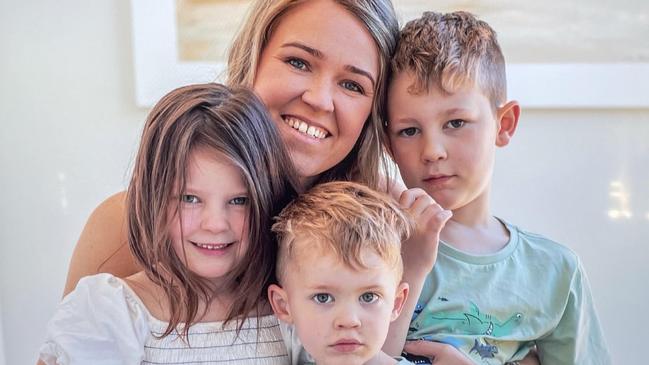
Murdoch University is researching whether “gene patch” drugs that block disease causing errors in cells can be applied to childhood dementia, which is caused by more than 70 rare genetic conditions.
It could be the answer to a cruel disease that sentences three out of four afflicted children to a life expectancy of less than 18 years.
Their brains simply lose the ability to function sufficiently to keep their bodies alive.
Ms Staska, 31, had never heard of childhood dementia when Austin, then aged 8 months, was diagnosed through a gene panel before he started exhibiting symptoms.
The devastated single mother had Hudson and Holly tested as a precautionary measure.
Both tested positive.
“It was horrifying really, it’s awful that something like this can happen and happen to all of your children,” Ms Staska said. “To be honest, it’s worse than any nightmare I could have thought up.”
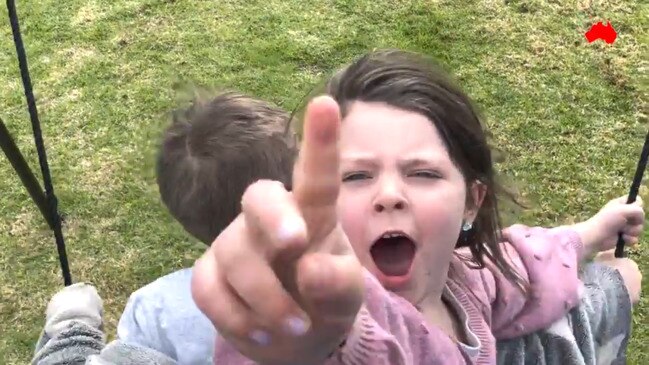
There had been no sign of anything amiss in her pregnancies and all the children met milestones for normal childhood development.
“I’d never heard of it beforehand and now even when I go to GPs or hospitals, they don’t know what it is.”
The Staska kids join 2300 other children in Australia with dementia - 700,000 around the world - who suffer the same symptoms as adults sufferers, including memory loss and a gradual decline in health.
About 100 babies are born in Australia each year with a condition that will cause dementia. Most won’t make it to the age of 18.
“It makes it very hard to plan for the future,” Ms Staska says.
“It makes us live day by day, moment to moment, just trying to make sure I’m ever-present.”
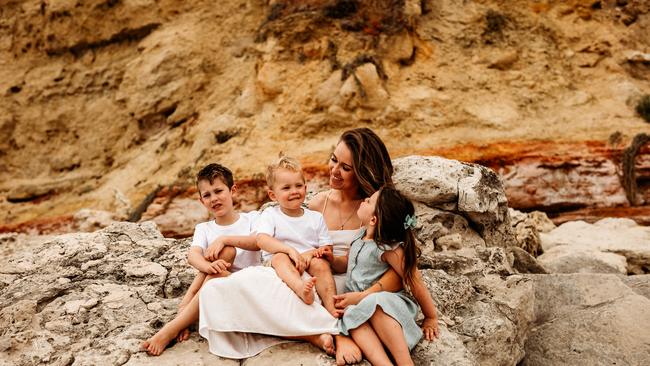
The new research by Murdoch University with gene patch drugs could bring a brighter future for the family.
Research lead May Aung-Htut said the current treatment method involved reducing fat accumulation and the cell death that caused dementia in children but the treatment carried significant side effects.
“We believe the antisense (gene patch) drugs we have developed and successfully applied to Duchenne’s muscular dystrophy can be designed to reduce this fat accumulation with no or few side effects,” Dr Aung-Htut said.
“We have a proven track record of developing gene patches for rare diseases and are applying the same technology for childhood dementia now.”
Childhood Dementia Initiative head of research Kristina Elvidge said the Staska children suffered from a genetic condition that gave them a one in four chance of developing childhood dementia.
Ms Elvidge, who knows Ms Staska and her children, described it as unlucky genetics, saying they were the only family she knew with three kids diagnosed with the condition. “We know plenty of families with this disorder that have more than one child with the disorder,” she said.
“The parents don’t know they are carriers until they have children so it’s not as if they could have done anything to avoid it.
“Now there is carrier screening prior to having kids to do something to avoid it.”
The Childhood Dementia Initiative is pushing for children to be included in a meaningful way in the federal government’s National Dementia Action Plan as well as increasing research funding into the disease.
“Dementia is a lifespan disease and policy frameworks must address this equitably,” a CDI spokeswoman said.
“The draft plan that was released for public consultation in December acknowledges children but gives limited scope for action.”
For Ms Staska, the possibility of a new treatment at least provides hope for the future.
In the meantime, she says, “you’ve got this cloud hanging over you, but you just try to enjoy as much as you can”.
“Above all, my kids are happy, and that’s the best thing I can ask for,” she said.


